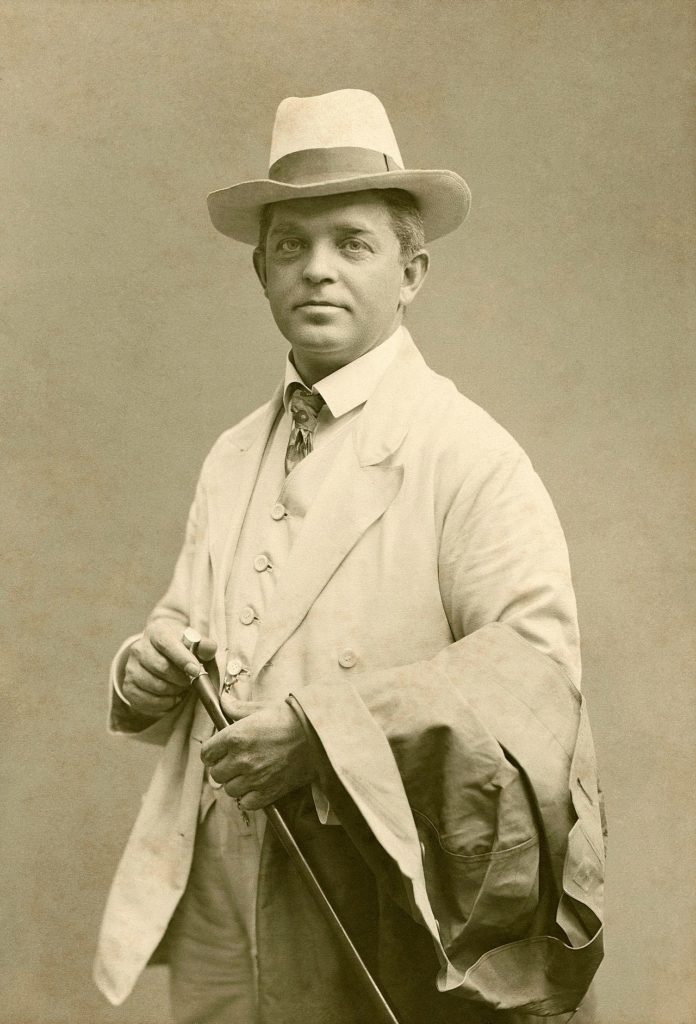
Carl Nielsen (1865-1931) composed six symphonies which are, outside of Denmark, his best-known works. His first symphony was completed 1892, when he was 27 years of age. As we would expect from a first symphony by a young composer, Nielsen’s influences are clearly in evidence: the Norwegian composer Edvard Grieg (1843-1907) and the German-born, Viennese composer Johannes Brahms (1833-1897), both of whom were still alive and kicking when Nielsen completed the symphony. (We’d observe that Nielsen chose his principal influences wisely.) In his Symphony No. 2, Op. 16 (of 1902) and Symphony No. 3, Op. 27 (the “Sinfonia Expansiva”, of 1911), Nielsen’s compositional voice is very much more his own.
His Symphony No. 4 (composed in 1916, during World War One) and Symphony No. 5 (composed in 1920, not long after the conclusion of the war) stand apart from the other four. They are both exceedingly dramatic, at moments even brutal works, each representing a “battle between the forces of order and chaos.” No doubt due to their viscerally powerful expressive impact, Nielsen’s 4th and 5th Symphonies are his best-known and most popular works outside of Denmark.
Finally, Nielsen’s Symphony No. 6, subtitled Sinfonia Semplice (“Simple Symphony”, of 1925), reverts to the rather less in-our-faces dramatic language of his first three symphonies.
Symphony No. 4, Op. 29, “The Inextinguishable” (1916)
Nielsen’s Symphony No. 4 – his single most famous work – was composed between 1914 and 1916. As previously observed, it was created against the backdrop of the First World War (1914-1918). The vicious, de-humanizing horror of the War profoundly affected Nielsen – as it did any right-thinking contemporary – and, thus affected, he conceived a symphony that through struggle would affirm and celebrate the essence of life and the essential creativity of the living spirit.…
Continue reading, only on Patreon!
Become a Patron!